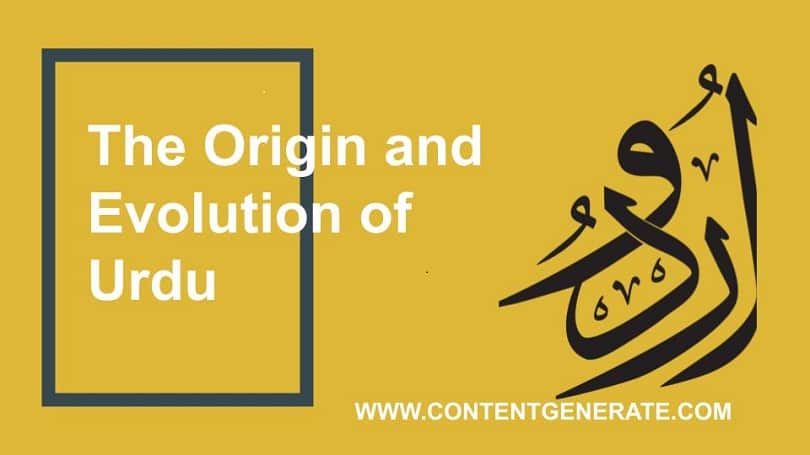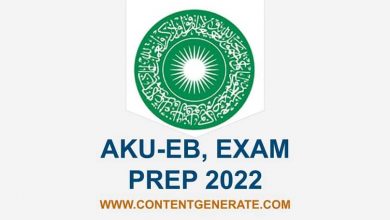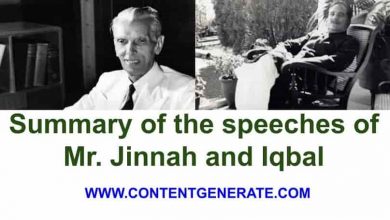Urdu – Origin and Evolution
Urdu is the first language of over 65 million people.

This post discusses the origin, evolution, and status of Urdu both after and prior to the partition of India in 1947. The article divides the discussion into different periods, i.e. Delhi Sultanate period, Mughal Period, British Period, Post Partition of India Period.
Contents
A brief introduction of Urdu
Urdu is one of the Indic languages spoken mainly in South Asia. It is the state language of Pakistan and one of the declared national languages in India. According to different estimates, there are over 65 million speakers of Urdu that make it the 21st most spoken first language in the world.
Origin of Urdu
There are two major theories with reference to the origin of Urdu. According to one school of thought, Urdu originated in the region of Uttar Pradesh in the Indian subcontinent during the Delhi Sultanate (1206–1527).
In contrast, the other school of thought argues Urdu did not originate in Uttar Pradesh, it rather took birth in North-West India (Today’s Pakistan) during the time of Sultans of Delhi (1206-1527).
Urdu came into being as a result of the interaction of Muslim soldiers of Sultans with local residents. The soldiers spoke Arabic, Persian, and Turkish. Their interaction with local people birth to the new language of Urdu. Thus Urdu emerged as a mixer of Arabic, Persian, Turkic, and local languages.
Initially, the new language was called Hindvi. It assumed different names at different times as it evolved over a period of centuries. After Hindvi it was called Zaban e Hind, Hindi, Rekhta, Zaban e Mualla-e-Urdu, Hindustani, etc. at different times until it was finally known as Urdu.
Development of Urdu
Scholars and linguists divide the development of Urdu into four periods, i.e. Delhi sultanate (1206-1225), Mughal period (1525-1858), British period (1857-1947), Post partition period (1947-till date).
The period of Sultans of Delhi (1206-1525)
Scholars consider the period of the Sultans of Delhi as the primitive phase of Urdu. People had started to speak and understand as it acted as linguistic modus vivendi between the Muslim soldiers and local people.
This period produced the first poet, Amir Khurau (1253-1325) who wrote folk songs, couplets, etc. in the new language. As the first poet, Amir Khusrau occupies a prominent position in the early development of Urdu.
Mughal Period (1525-1857)
Urdu continued to develop under the Mughal Empire (1526–1858). After their arrival in the Indian sub-continent, they used the same language to communicate with locals.
Urdu received the importance as Mughals made it their court language. Mughal emperors like Muhammad Muhammad Shah and Bahadur Shah Zafar patronized literary work, calligraphy, and Mushairas at their palaces.
The last Mughal emperor, Bahadur Shah Zafar himself was a great poet. He patronized Mushairas and gave a boost to the development of Urdu. The Mughal period produced a number of great poets and prose writers who took the development of Urdu to the next stage. Famous poets of this period are Mir, Sauda, Dard, and Ghalib.
British Period (1857-1947)
In the post-1857 revolt era, the British started to ignore Urdu and Hindus started to demand the replacement of Urdu with Hindi wherever it had any official recognition. In this regard 1967 Hindi-Urdu controversy is an example in which the British replaced Urdu with Hindi as the court language. Nevertheless, we can see a great work both in poetry and prose in this period too.
During the British period, the role of Aligarh University cannot be ignored which acted as a center for the study of Urdu. Aligarh College produced talented writers such as Hasrat Mohani, Majaz, Deputy Nazir Ahmad, Jazbi, etc.
Similarly, In the early twentieth century Dr. Allama Iqbal, Dr. Nazir Ahmad, Muhammad Hussain Azad, Moulana Altaf Hussain Hali, and Allama Shibli produced masterpieces in prose and poetry thus greatly contributing to the development of Urdu.
Post-British Period (1947-till date)
After the partition of the Indian sub-continent, Urdu received a new boost as it assumed the status of the state language in Pakistan. Since then, the government has taken many steps to develop and foster the growth of Urdu.
Urdu is the medium of instruction in many educational institutions in Pakistan. Recently, a dictionary of office terms in Urdu has been set up and steps have been taken to move away from English as the language of administration.
Moreover, Urdu is the medium for radio and television programs. Urdu plays and films are very popular. Similarly, Urdu novels, poetry, magazines, and newspapers are widely published and read.



